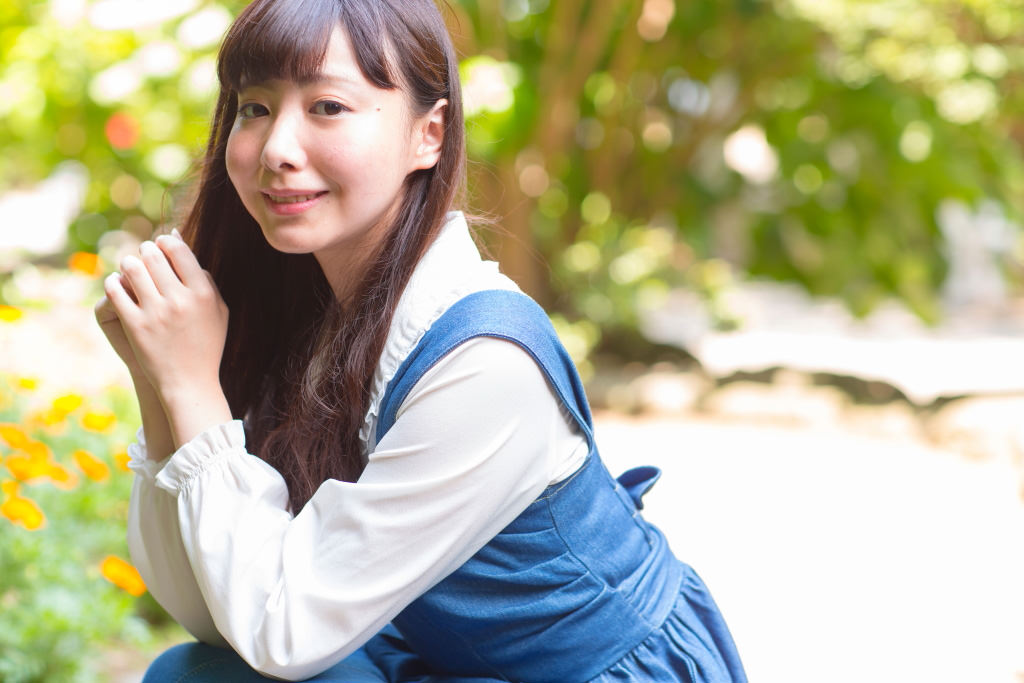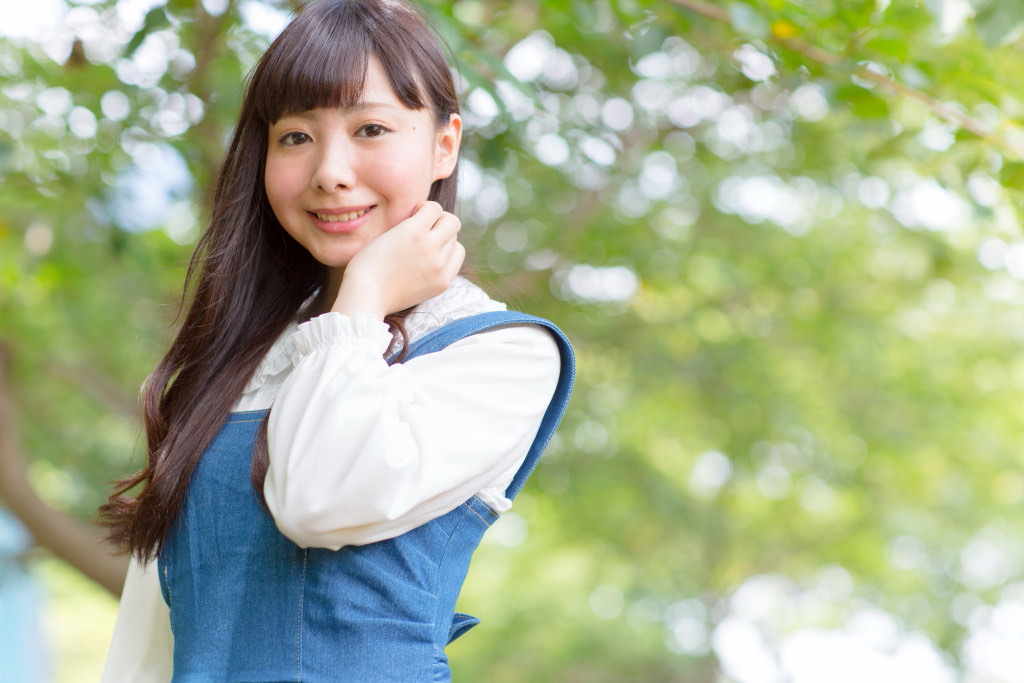Portrait Photography: 3 Aperture Settings Favoured by Professional Photographers
The aperture setting (f-number) to use is a major decision that professional photographers make when they shoot portraiture. Here are 3 f-numbers that are commonly used for different shooting intentions. Keeping them in mind could help you shoot professional-looking photos! (Reported by: Teppei Kohno)

EOS 5D Mark III/ EF85mm f/1.2L USM/ FL: 85mm/ f/2.8/ 1/125 sec/ EV±0/ ISO 320/ WB: Auto
3 useful aperture settings

EOS 5D Mark III/ EF85mm f/1.2L USM/ FL: 85mm/ f/2.8/ 1/125 sec/ EV±0/ ISO 200/ WB: Auto
*Shooting Procedure
1: Identify your shooting intention, and decide on the background elements.
2: Determine the focal length of the lens.
3: Set the mode to Aperture-Priority AE.
4: Change the f-number according to your shooting intention.
Background bokeh is an important element to use when photographing people, as opening up the aperture lets you emphasize a person's presence in your photos. However, this creates a larger blur, which may prevent you from capturing the necessary details in some cases.
Here, we introduce three 3 f-numbers that professional photographers commonly use to achieve their intended effects when shooting portrait photography. With these f-numbers as a starting point, you can then fine tune them according to the shooting conditions and your shooting intention.
1. f/2.8 - For a very creamy background bokeh that makes the subject stand out

EOS 5D Mark III/ EF85mm f/1.2L USM/ FL: 85mm/ f/2.8/ 1/125 sec/ EV±0/ ISO 100/ WB: Auto
Using f/2.8 makes a person stand out fully, while leaving the background elements blurred. If you are able to use a lens with a small f-number, try starting with f/2.8 as a rough guideline. Bonus tip: It's also a great aperture setting for bringing out facial expressions in close-up shoots.
2. f/5.6 - For a moderate background bokeh effect

EOS 5D Mark III/ EF50mm f/1.8 STM/ FL: 50mm/ f/5.6/ 1/160 sec/ EV±0/ ISO 250/ WB: Auto
When using the telephoto range of a lens, or in scenes where you are taking shots up close, you may find that f/2.8 creates too strong a bokeh effect. At such times, try using f/5.6.
3. f/11 - For an overall sharp image when deep focusing

EOS 760D/ EF-S18-55mm f/3.5-5.6 IS STM/ FL: 20mm (12.5mm equivalent)/ f/11/ 1/80 sec/ EV±0/ ISO 100/ WB: Auto
In scenes where you want to include the rest of the scene in the frame, and capture a sharp photo of everything including the background (i.e. carry out deep focusing), try f/8 to f/11. For example, use f/8 as a rule of thumb when you want to ensure that the details of clothing are sharply capturing during a studio fashion shoot.
Tip: 85mm is an often-used focal length for portrait photography

EOS 5D Mark III/ EF85mm f/1.2L USM/ FL: 85mm/ f/2.8/ 1/125 sec/ EV±0/ ISO 200/ WB: Auto
An essential item for portrait photography is a telephoto lens, which makes it a breeze to produce background bokeh. This enables you to photograph a person from a distance with ease, while also making it easy to create a large bokeh effect. If you are using an EOS camera with a full-frame sensor, use a lens in the range of 80mm to 100mm, whereas for EOS cameras with an APS-C sensor, use a 50mm to 60mm lens.
Additionally, do note that the telephoto end of a standard zoom lens for an APS-C camera is 55mm, or 88mm at 35mm film-equivalent. Start by composing images at the telephoto end of the standard zoom lens to get used to the sense of distance in portrait photography. If you have a scene with a wide open space behind the person, you will also be able to take shots with a very creamy bokeh effect.
EF85mm f/1.8 USM: A staple prime lens for shooting portraiture

The EF85mm f/1.8 USM is a mid-telephoto lens with a very small f-number, or maximum aperture, of f/1.8. This is the perfect lens for portrait photography, as it enables you to compose a shot at a suitable distance from the subject, and can achieve large, creamy background bokeh effect as well.
Here are some more tips for shooting portraits:
Step by Step: How to Capture Dramatic Portraits Using Backlight from the Window
Controlling Light for Impressive Portrait Shots
Capturing Portraits with Slow Sync Flash
4 Tips for Happy Family Portraits
Receive the latest update on photography news, tips and tricks.
Be part of the SNAPSHOT Community.
Sign Up Now!
About the Author
Born in Tokyo in 1976, Kohno graduated with a Social Work degree from the Department of Sociology of Meiji Gakuin University, and apprenticed with photographer Masato Terauchi. He contributed to the first issue of photography magazine PHaT PHOTO and became an independent photographer after that, in 2003. The author of many books, Kohno not only shoots all sorts of commercial photographs, but also writes prolifically for camera and other magazines.




































